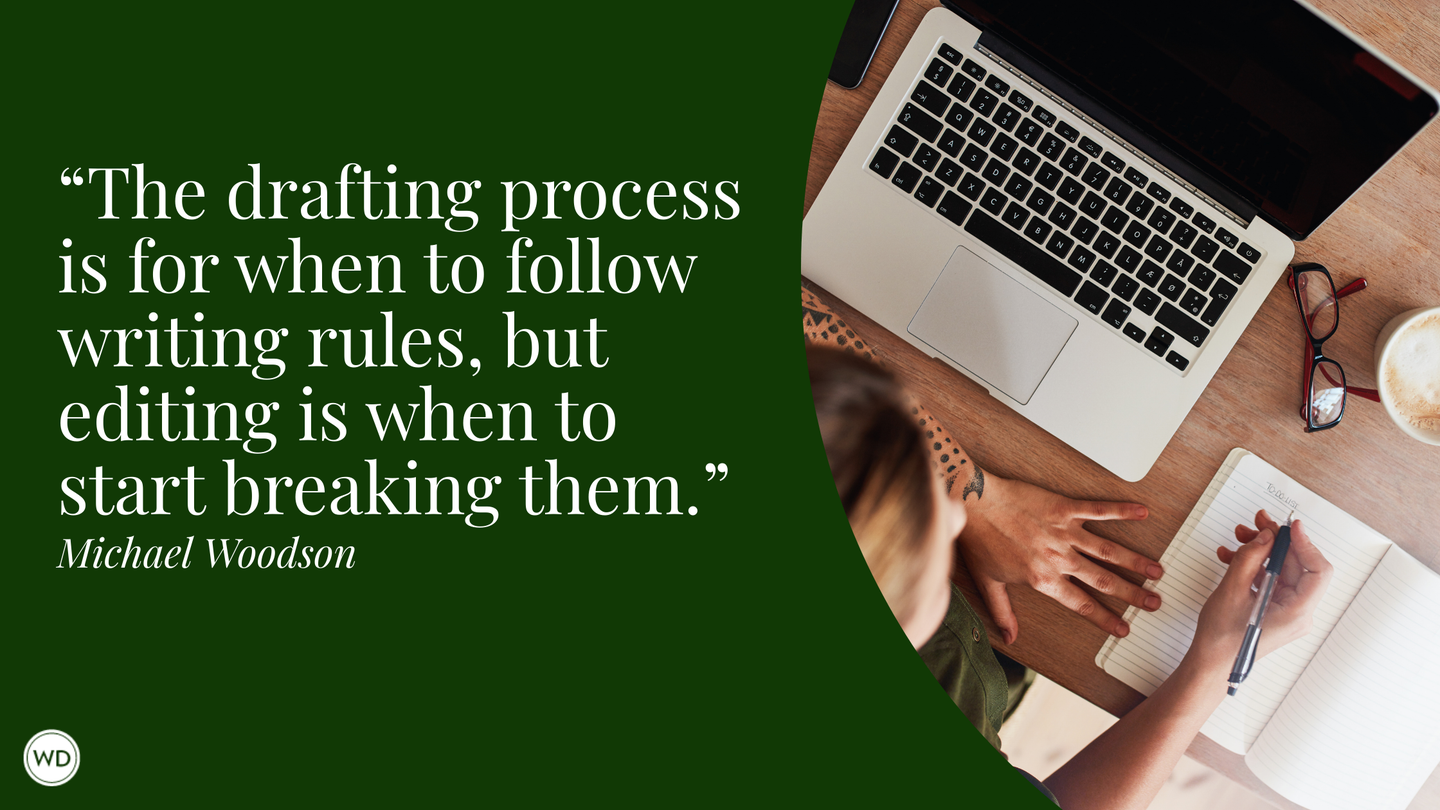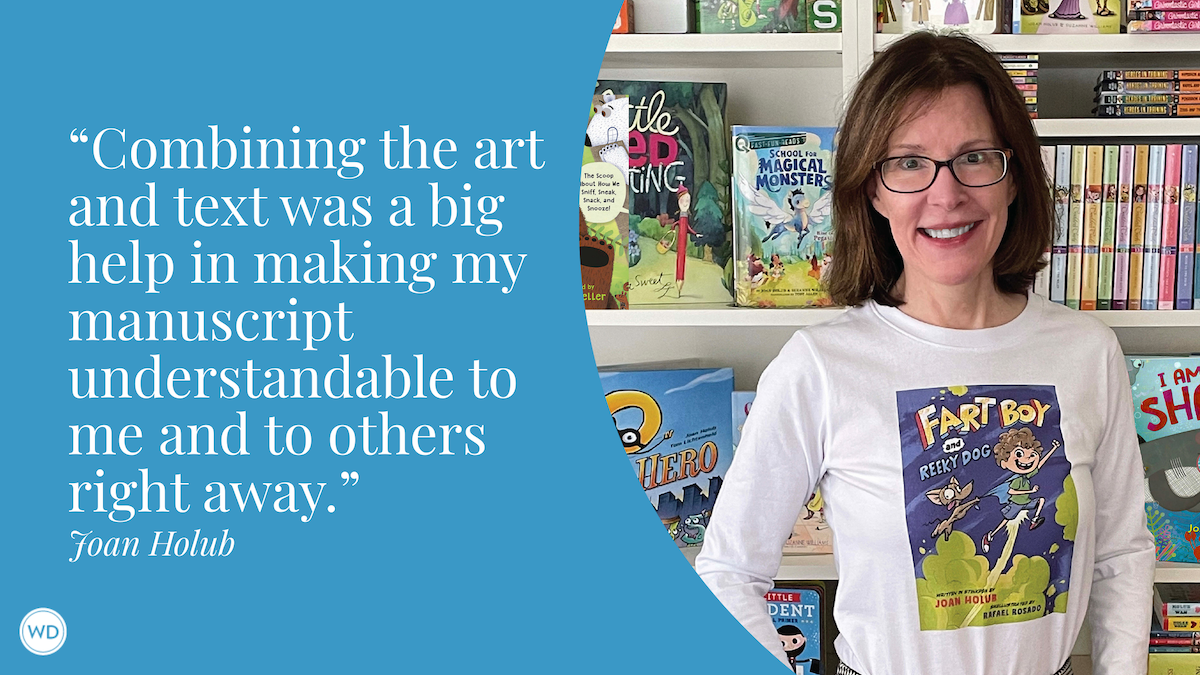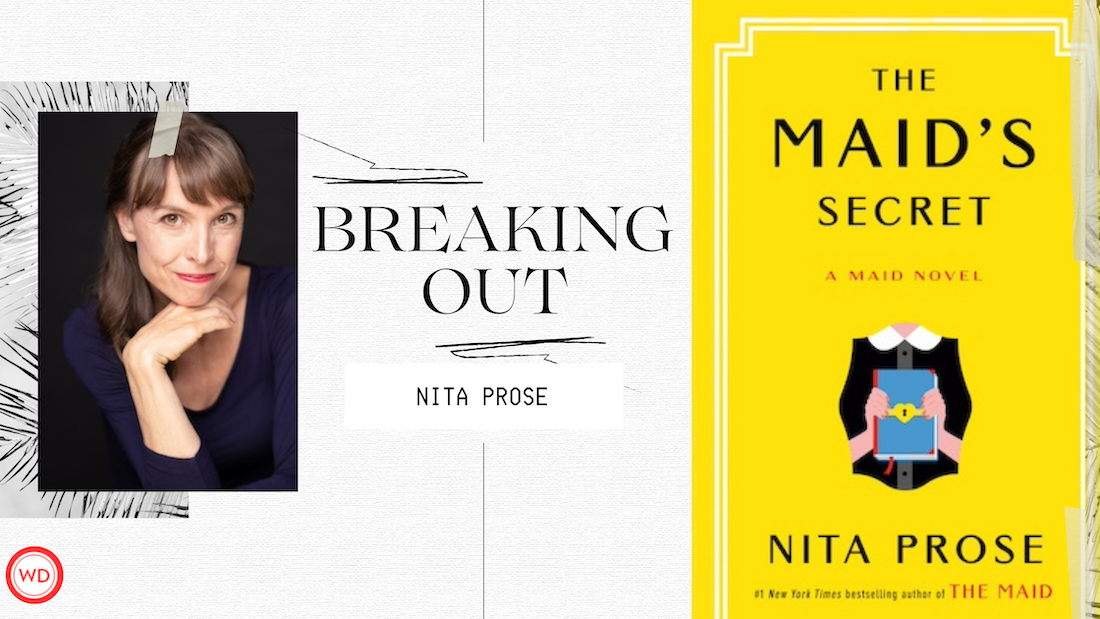4 Things Writers Should Know About Autism
Author Clain Udy shares four things writers should know about autism, whether they’re writing fiction or nonfiction.
In the year 2000, I began a transformational journey—my own Camino Real. That was the year my son, Christian, was diagnosed as being on the autism spectrum. Back then, I would have said he was “diagnosed with autism,” as though autism were a disease or affliction. Today, I would never describe autism as something one “has.” Autism is not external to my son—it is part of who he is.
My first introduction to autism came 12 years before my son’s diagnosis through a story, through the groundbreaking movie Rain Man. It brought autism into the public consciousness and helped foster early awareness. However, after Christian’s diagnosis, I found myself conflicted. Though the portrayal of Raymond Babbit inspired an emergent level of awe and admiration, it still left me with an overwhelming impression of disability, strangeness, and disconnection.
The overwhelming impression of “disability” and baffling autistic behaviors caused me to recoil when I associated it with my four-year-old son.
Much has changed in the years since. Diagnosis has become more prevalent and refined, awareness has grown, and media representation has expanded. Despite this progress, autism is still widely viewed through a deficit lens. The language we use—of disability, disorder, and dysfunction—reinforces a narrative that reduces autistic individuals to their challenges. It’s time for a new story, one that portrays autistic individuals for all that they are versus all that they are not.
I outline four aspects of autism that can help you see autism through a different lens when writing about an autistic character.
Autism Is an Inherent Part of the Human Condition
We begin with rejecting the notion that autism is an external affliction—a disorder that afflicts people in the way an illness might. I want to explore a more accurate understanding: Autism has always existed as part of the human condition.
Let’s take a look at Sir Isaac Newton, who is believed to have been autistic. Newton’s brilliance was unmatched—but so too were his differences. He was socially isolated, rigid in his routines, intensely focused, highly literal, struggled with social interaction, was exceptionally detail oriented, and had an extraordinary memory.
Were Newton among us today, he would likely express many of the traits of autistic people: direct, perhaps blunt, enigmatic—descriptors those familiar with autism would immediately recognize. History has erased all of that; what we’re left with is simply one of the greatest minds of all time.
You Must Reject “Normal” to Build an Authentic World
The moment I fully internalized this was during a camping trip with Christian’s scout troop.
I arrived after dark and made my way through the forest to our scout troop’s campsite; two tents glowed with lantern lights. I poked my head under a tent flap, “Do you know where Christian is?” I asked. “We don’t know,” they replied.
Panic began to set in. Every year, I read stories of autistic adolescents who’d gone missing in the mountains. I checked the other tent—also chock full of boys. “Do you know where Christian is?” I asked again. One boy pointed toward the edge of the campsite. “I think he’s in that tent.”
I pulled back the flap and found Christian alone in the center of the dark, empty space. His eyes lit up. “Hey, Dad!” he said with a cracked voice full of relief. I hugged him tightly.
I was angry and disappointed. I expected better—from the boys, and from the leaders. I wanted to confront them. But I didn’t. Something shifted.
Up to that point, we had turned ourselves inside and out trying to make Christian fit into a world that wasn’t built for him. I was done.
Once Christian was asleep, my hurt turned into determination. We didn’t have to worry about what other people thought of Christian. There was no need to fix him—no need to make him fit into some notion of “normal.” Let them have their world—we had ours. We would create all the warmth he needed.
This was the first early realization that rather than try to make Christian fit into a world that wasn’t designed for him, it was better to create a world that is designed for him, and invite others into it (at least those who are willing to come).
Autistic People Experience the World Very Differently
I once watched a BBC series presented by Chris Packham, an autistic conservationist. The series opened with Packham standing in a forest. He then describes what he sees as an autistic person. Instead of a general view, he sees every detail: every trunk, every branch, individual leaves with slight anomalies of color and shape.
Packham explains that as a naturalist, “seeing everything” is enormously beneficial, but then he explains how processing this quantity of data can become overwhelming. It’s no wonder that to cope with this torrent of sensory and cognitive input, autistic individuals seek solitude, develop a singular focus, or come across as being somewhat self-contained.
As a father, trying to understand how my son experiences the world has been both eye-opening and deeply rewarding.
One key realization was that my son experiences friendships differently than the normal conception of friendship. My wife and I tirelessly attempted to engineer friendships for Christian—with very little success. It was difficult—at times excruciating—to see our son not be accepted, and to be denied the life-affirming experience of friendships. Early on, I focused my pain and disappointment toward others and was left to conclude that few people are capable of befriending individuals with differences.
Looking back, however, I began to realize that the desire for connection seemed somewhat absent in Christian. Despite our continual attempts to draw him into interaction with others, his tendency was to avoid interactions, to wander away from them—physically and mentally. He has always sought solitude, and when he does engage, it is more indirect; it’s a certain kind of communion in which simply being together in the same space (watching TV, going on a hike) punctuated with occasional interactions is what brings him peace.
Once I began to realize this, our interactions became relaxing and enjoyable, rather than fretful. This wouldn’t have happened had I not stepped away from my expectations of what friendship was supposed to look like.
Recognizing and Growing Spectrum Strengths Is the Key to Rebranding Autism
In Rain Man, Raymond Babbit begins to come into view as a person when a waitress spills a box of toothpicks onto the floor. Raymond glances at them and states, “246.” The waitress looks at the remaining (four) toothpicks in the box and confirms that there were originally 250 total. In this moment, the perception of who Raymond was changed. It’s a microcosm of the transformation that happens when the strengths on the autism spectrum come into view.
The challenge, and the reason autistic strengths are hidden, stems largely from communication limitations that impact individuals on the spectrum, to one degree or another, as well as the disinclination (sometimes disinterest) for self-promotion.
Additionally, many of the signature strengths of autism are quieter by nature, such as attention to detail, exceptional memory, analytical thinking, honesty, reliability, and authenticity. In fact, many of these strengths would be easily overlooked, as are the people who possess them. Yet these strong individuals are responsible for most of the innovations that have occurred throughout history.
Seeing strength changes everything. It builds a self-identity anchored in strength.
Coming full circle, if you had asked me in 2000 whether I wanted my son to grow up like Charlie Babbitt—charismatic, successful—or Raymond, the enigmatic man in the margins, I would have chosen Charlie. Today, I wouldn’t give the person my son has become for anything in the world. In truth, exceptional doesn’t reside in the ordinary. It lives in the extraordinary.
Autism is not a tragedy. It’s not a puzzle to solve. It’s a perspective to understand, a set of strengths to recognize, and a world of potential waiting to be unlocked.
It’s time to rebrand autism.
Check out Clain Udy's Rebranding Autism here:
(WD uses affiliate links)








